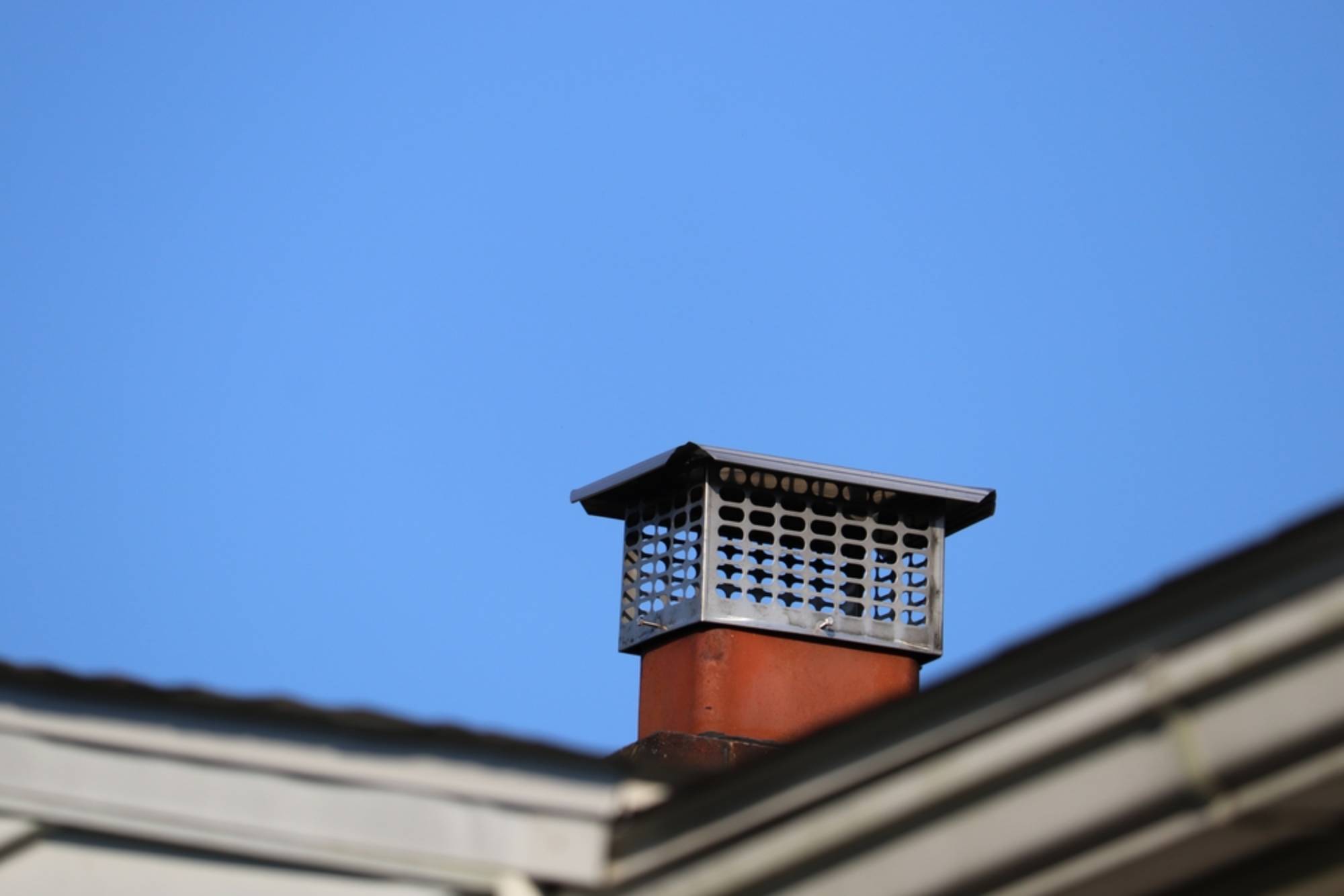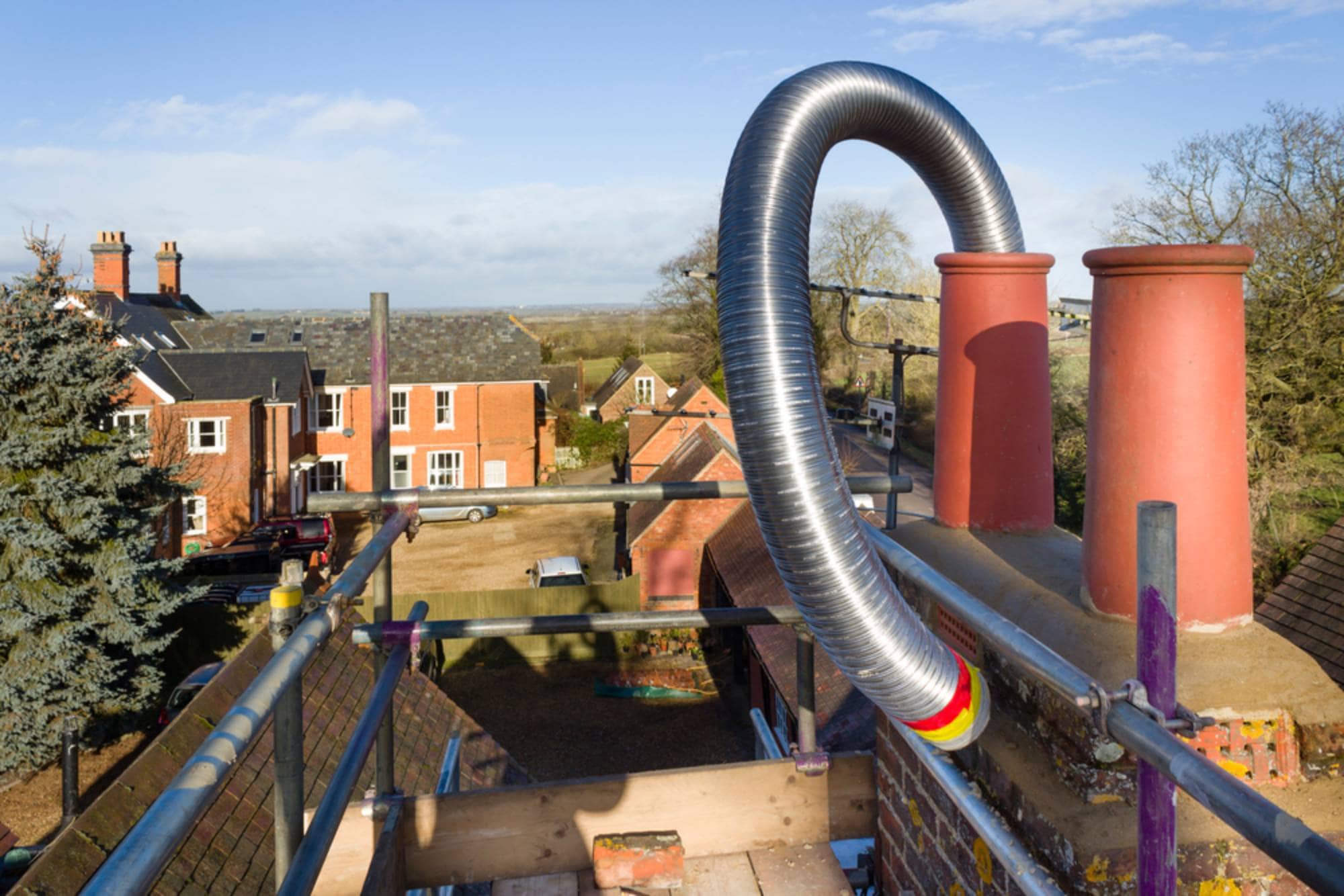Protect your home from dangerous gases and heat transfer with professional chimney liner installation that meets Massachusetts safety codes.

Hear from Our Customers

When we install your chimney liner, you get a barrier that actually works. No more worrying about carbon monoxide sneaking into your living space through cracked mortar joints. No more heat and sparks finding their way to your home’s wood framing.
Your fireplace runs cleaner and more efficiently. The dangerous gases that used to seep through deteriorating brick now get directed safely outside where they belong. You’ll notice better draft, less odor, and the peace of mind that comes with knowing your heating system meets Massachusetts safety codes.
This isn’t just about compliance. It’s about protecting what matters most—your family’s safety and your home’s structural integrity.
Above and Beyond Chimney has been serving Bristol County homeowners for years. We understand how coastal moisture affects chimney brickwork in this area and the specific creosote buildup patterns from the wood types commonly burned here.
Our technicians undergo rigorous training in chimney construction, codes, and maintenance best practices. They’re not just installing a liner—they’re solving the unique challenges that North Seekonk’s climate creates for your chimney system.
We’ve built our reputation on consistent, reliable service and long-term relationships with homeowners who trust our expertise year after year. When you call us, you’re working with professionals who understand both the technical requirements and the local conditions that affect your chimney’s performance.

First, we inspect your existing chimney system to determine exactly what type of liner you need. We check for structural issues, measure dimensions, and assess the condition of your flue. This isn’t a quick look—it’s a detailed evaluation that tells us everything we need to know.
Next, we prepare your home with multiple layers of drop cloths and set up our HEPA-filtered equipment. We’re meticulous about protecting your living space because we know how disruptive chimney work can be if not done right.
Then comes the installation itself. We carefully insert the appropriate liner—whether stainless steel, clay, or cast-in-place—making sure it’s properly sized and positioned. We connect it to your appliance and secure it at the top of your chimney. Finally, we test the system to confirm proper draft and performance before we clean up and walk you through what we’ve done.

Ready to get started?
We install the liner that’s right for your specific situation. Stainless steel liners work well for most applications and handle the temperature swings common in Massachusetts. They resist corrosion from the acidic moisture that coastal areas like North Seekonk experience.
For older chimneys with structural challenges, we might recommend cast-in-place liners that create a smooth, sealed passageway while reinforcing the existing chimney structure. Clay liners are another option for certain applications, though they require more careful handling during installation.
What matters most is matching the liner to your heating system and chimney conditions. A wood-burning fireplace has different requirements than a gas furnace. An exterior chimney faces different challenges than an interior one. We factor in Bristol County’s specific climate conditions, your home’s age, and your heating patterns to recommend the solution that will perform best for your situation.
